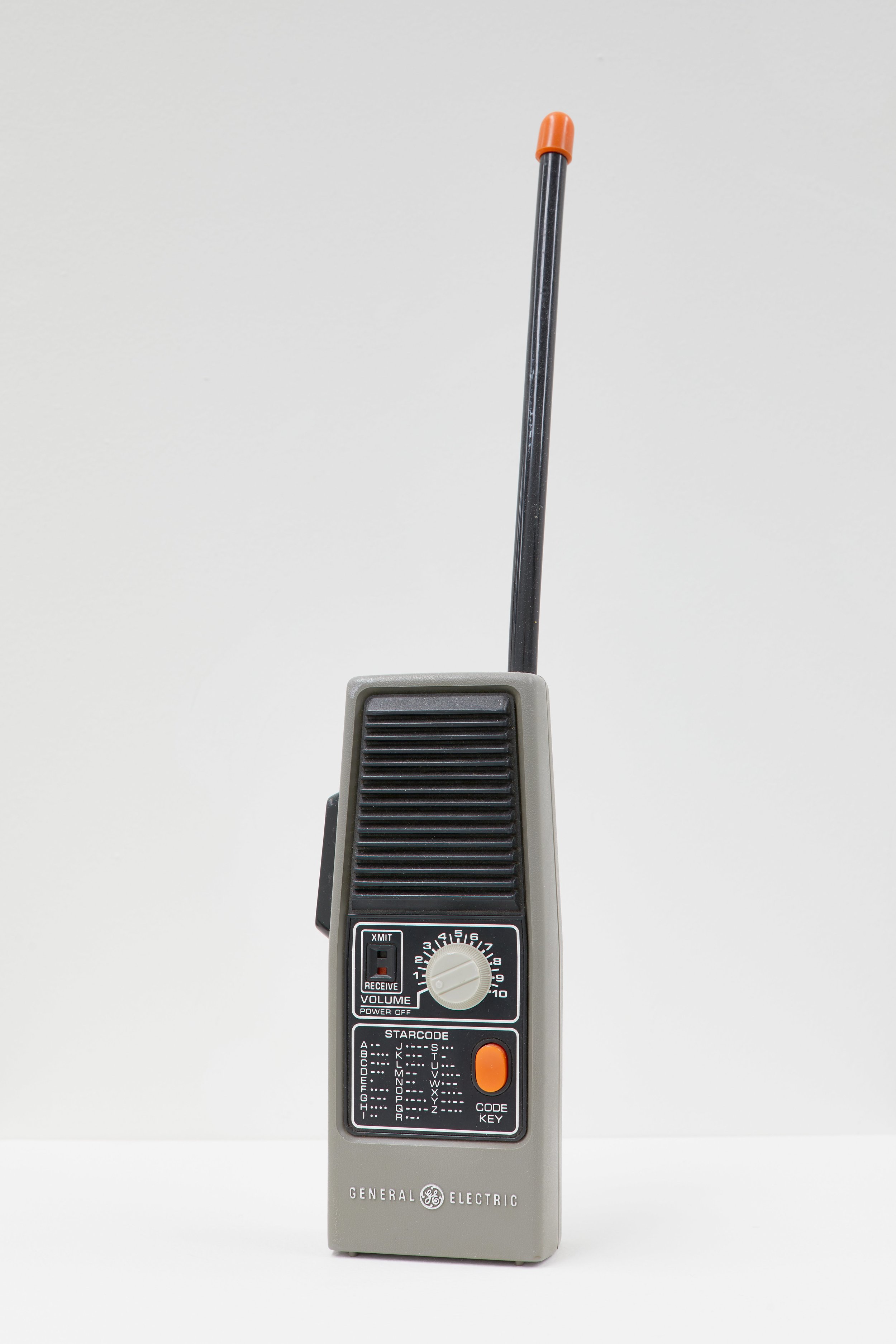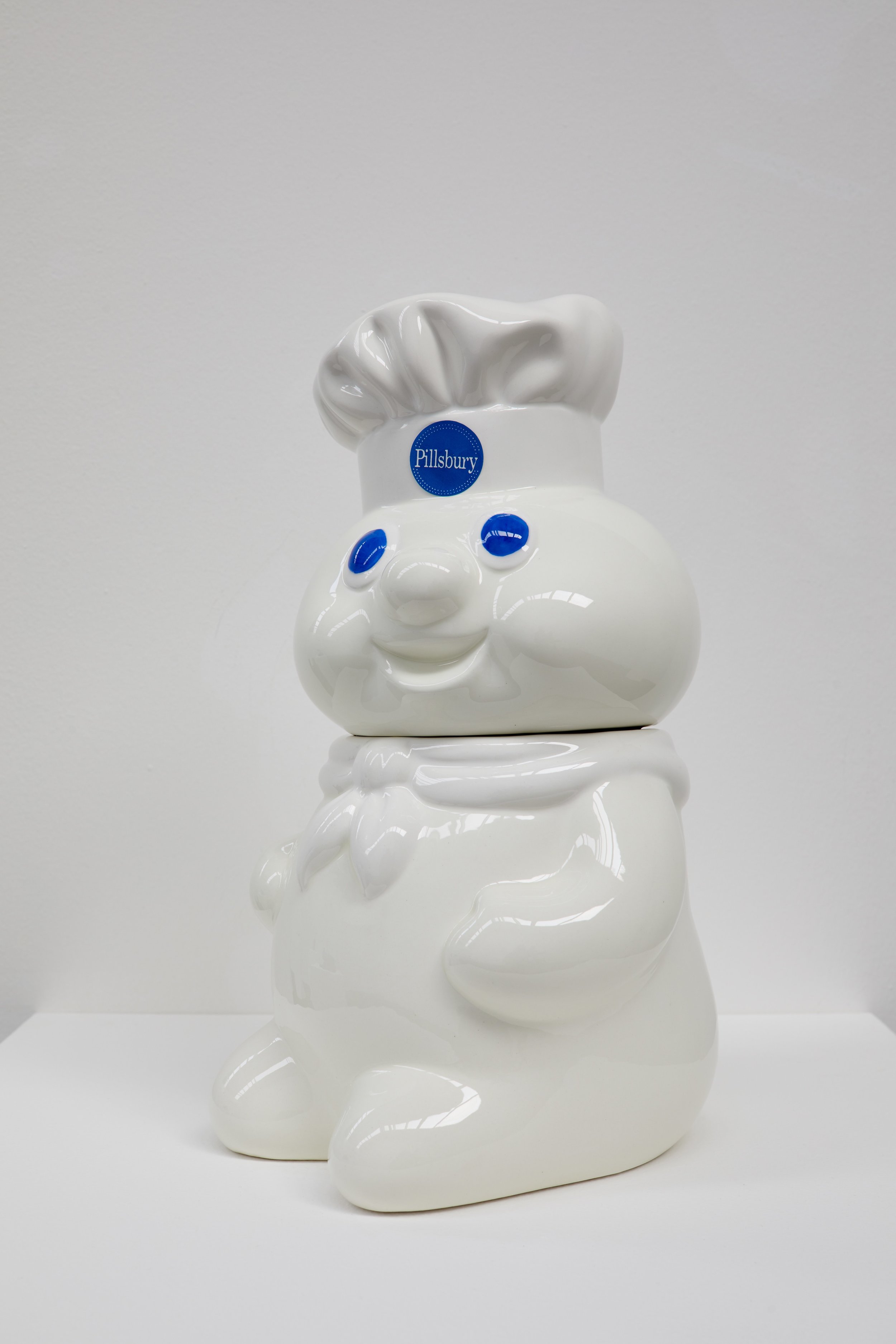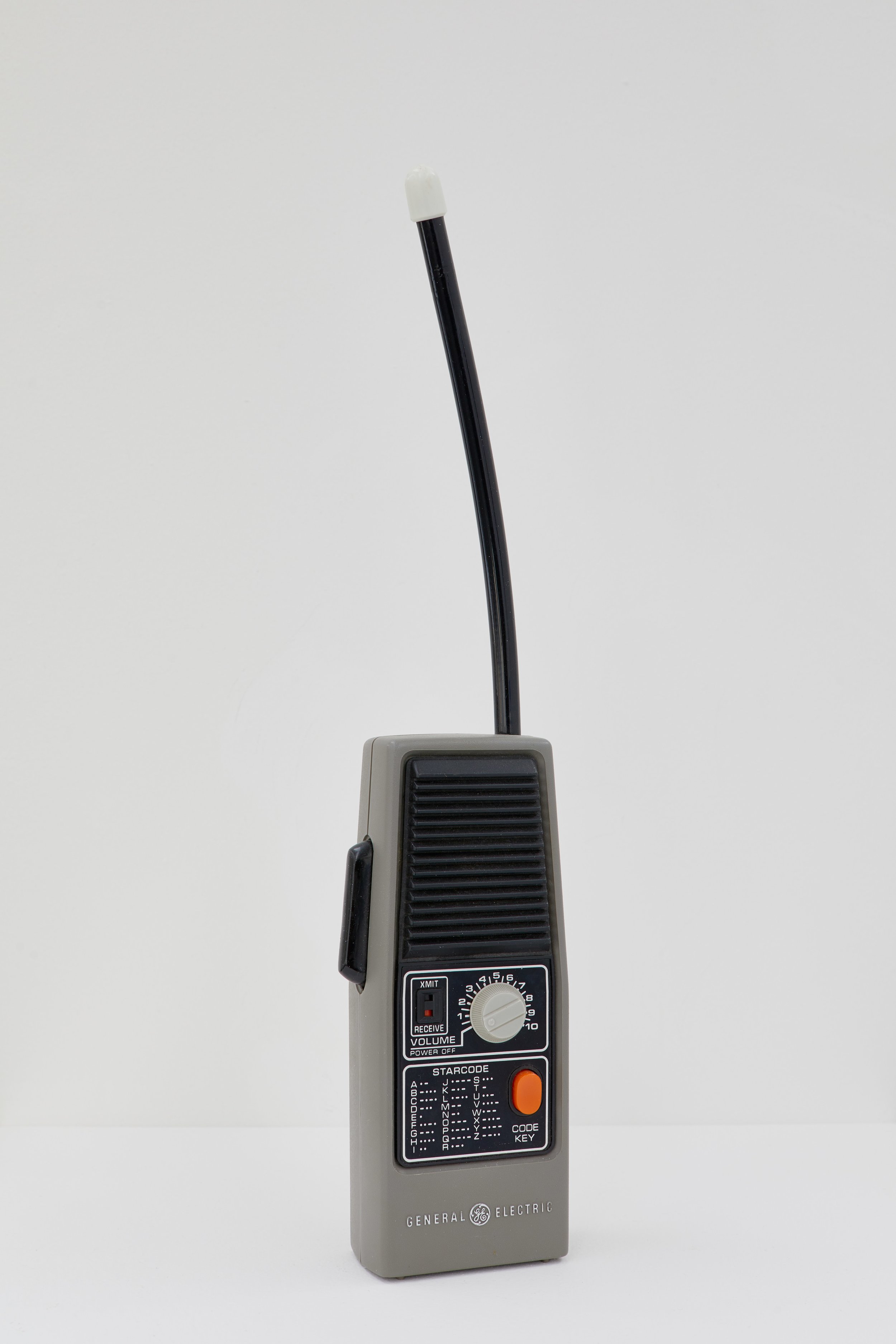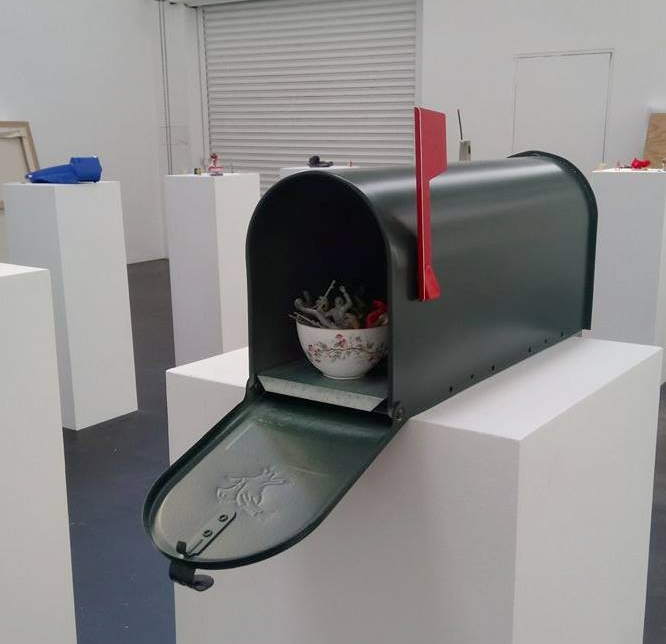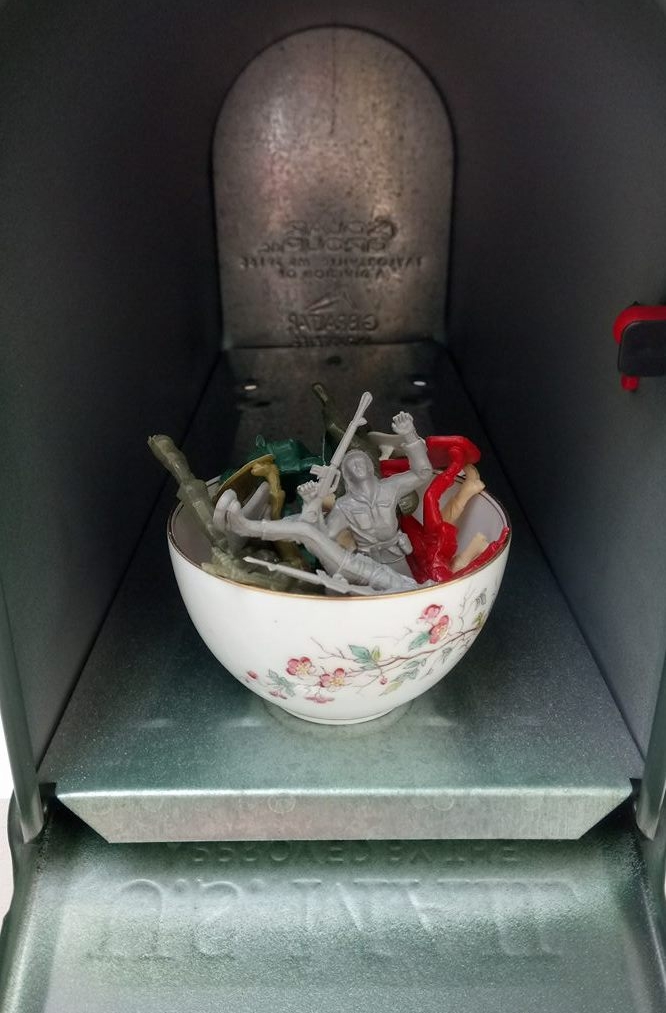This year’s Art Athina, the international art fair and the biggest art event of the year in Greece, took place at the Athens Conservatoire from Wednesday June 20th to Sunday June 24th. Featuring more than 500 artists and 53 galleries from Greece and abroad, the Athenian art fair took place a month later than its usual schedule with one extra day in the agenda.
The new venue of the 23rd edition of Art Athina, connected the fair to the artistic life of the city in multiple meaningful ways. Abandoning the conventional conference halls, the fair comes to the emblematic modernist building of the Athens Conservatoire, in the vibrant centre of Athens, which not only is a point of reference for the architectural history of the Greek capital but also offers easy access to the visitors. The venue, located among the most important museums of the city, accommodated the National Museum of Contemporary Art for a number of years, artistic events of NEON Organization and last year it was one of the main sites of documenta 14.
Art Athina was presented during the preview day by the president of the Hellenic Art Galleries Association, Gianna Grammatikopoulos and the artistic director of the fair Stamatia Dimitrakopoulos. A number of politicians attended the fair on that day, among them the president of the Hellenic Republic, Prokopios Pavlopoulos, the Minister of State, Dimitrios Tzanakopoulos and the Secretary of State in Culture, Konstantinos Stratis.
This year’s edition continued the initiatives taken last year, by building major collaborations with foundations, museums and institutions. The fair presented the Educational Program in collaboration with the I. F. Kostopoulos Foundation, the Art Athina Open Studios in collaboration with the Museum of Cycladic Art, the Art Athina Workspace in collaboration with the Municipality of Athens and the Athens Culture Net. A new initiative worth mentioning was the establishment, in collaboration with Copelouzos Family Art Museum, of a prize awarded to a participating artist. This year the winner was Christos Bouronikos who participated in the fair with Gallery 7.
The main section of the fair featured galleries from Greece, United States, Australia, France, United Kingdom, Germany, Portugal and Belgium which presented works by upcoming and established artists.
An interesting addition to the fair was Gallery Antiqua (Greece) which presented a tribute to Italian and Scandinavian design from 1945 to 1975 through the works of architects, pioneers of the international modernist movement of the previous century. On the same level, the remarkable video section, materialized in collaboration with DESTE Foundation, presented works by the Swedish artist Nathalie Djurberg and the Dutch artist Rineke Dijkstra.
In the main section, the reduced number of galleries and the few noteworthy presentations left the art crowd and professionals unsatisfied. In general, the level of the fair was poor apart from a few brilliant exceptions that impressed me. On the first level of the fair, Zina Athanassiadou Gallery (Greece), loyal to its long tradition, presented two well known Greek artists, Dimitris Alithinos and Apostolos Georgiou and stood out from the rest of the surrounding gallery presentations.
Admittedly, the second building of the fair accommodated better shows. Eleni Koroneou Gallery (Greece) presented selected works by John Bock, Liam Everett, Alex Hubbard, Helmut Middendorf, Panos Papadopoulos, Yorgos Sapountzis and two impressive sculptures by Lito Kattou who was the recipient of the Art Cologne Award for New Positions 2018. Besides, CAN Christina Androulidaki Gallery brought a new and fresh concept to the fair. Its booth included works by Emmanouil Bitsakis, Vlassis Kaniaris, Dimitris Condos, Marianna Ignataki, Konstantinos Ladianos, Manolis D. Lemos, Lefteris Tapas, Pavlos Tsakonas, Alexis Vasilikos and Versaweiss. One of the highlights of the gallery was Manolis D. Lemos’ “Liquid Dreams (Spring in Greece) No 2” (2017-18) which was exclusively created by digitally scanned Greek wild flowers.
Next to them, a gallery with international presence, the well known Kalfayan Galleries (Greece) featured works by Rania Bellou, Silvina Der Meguerditchian, Antonis Donef, Farida El Gazzar, Kalos & Klio, Konstantin Kakanias, Maria Loizidou, Nina Papaconstantinou, Yiannis Papadopoulos, Nausica Pastra,Tasso Pavlopoulos, Hrair Sarkissian, Dimitris Tataris, Panos Tsagaris, Kostis Velonis and Raed Yassin. One of the leading works of the booth was Panos Tsagaris’ “July 6 2015” (2017) that belongs to the artist’s well known newspaper series.
Kostis Velonis, Debate on Chimneys, 2017
From the group show “Daybreak” curated by Anna Chatzinassiou
Acrylic, oil, pencil and oil pastel on canvas, 150 x 150 cm
Courtesy the artist and Kalfayan Galleries, Athens – Thessaloniki
The booth that really made a difference, and was probably the only properly curated show, was the VIP Lounge which accommodated the group show “Daybreak” curated by the art historian Anna Chatzinassiou. The lounge which was assisted by the members’ club Salon de Bricolage, featured three artists; Panos Papadopoulos, Alexandros Psychoulis and Kostis Velonis. The works, even though totally different, introduced an artistic dialogue open to interpretation and their interaction with the industrial architecture of the space created a unique atmosphere for the visitors. Unlike the VIP Lounges in the art fairs around the world, which are only open to VIP guests, Art Athina VIP Lounge willingly invited all visitors to see the presented show and the curator was eager to answer questions and talk with the viewers. However, only the VIP guests were entitled to be served by the bar of the lounge. In this way, the visitors of the fair had the chance to see great works of art and visit the, otherwise, elitistic space of a VIP Lounge, not to mention their satisfaction for being able to discuss the works with the artists and the curator herself.
Alexandros Psychoulis, Pinkweb, 2009
From the group show “Daybreak” curated by Anna Chatzinassiou
Mixed media, 135 x 270 cm
Courtesy the artist and A.Antonopoulou.Art Gallery
We cannot oversee the effort of the Art Athina’s organizing team and the positive changes they made. However, this event should have attracted more visitors. In fact, the organization lacks important qualities which directly affected the experience of the fair. The unbearable heat in the interior spaces, the lack of proper equipment, the problematic planning of the fair and the poor signage were some of the problems that prevented visitors form participating in the biggest artistic event of Athens. Besides, the absence of a number of talented contemporary artists and important galleries that used to participate in the fair should ring a bell to the organization team. Let’s hope it will get better next year and continue the brilliant twenty-three year history of Art Athina.
By Dimitrios Spyrou
Art Historian | Curator | Art Critic










